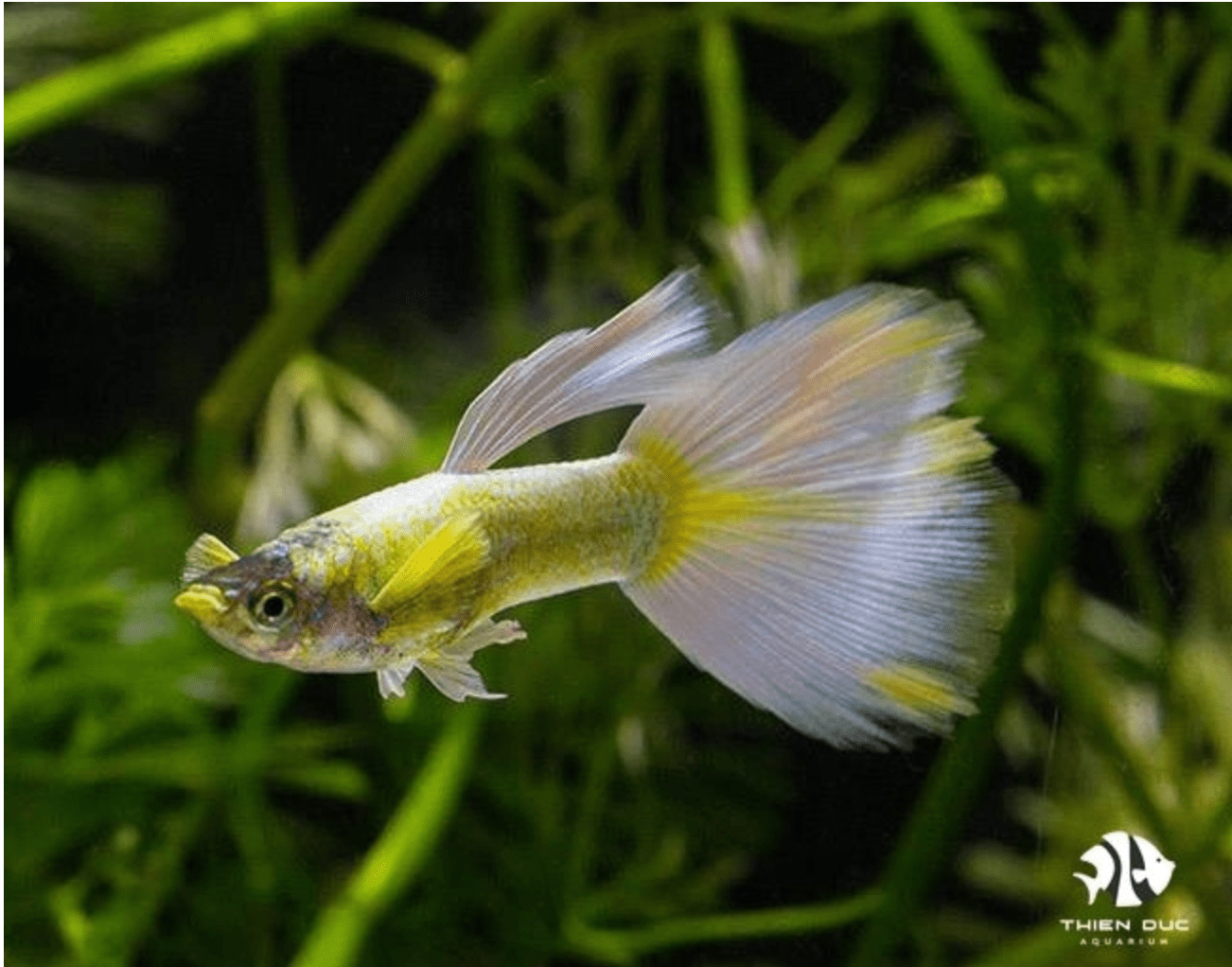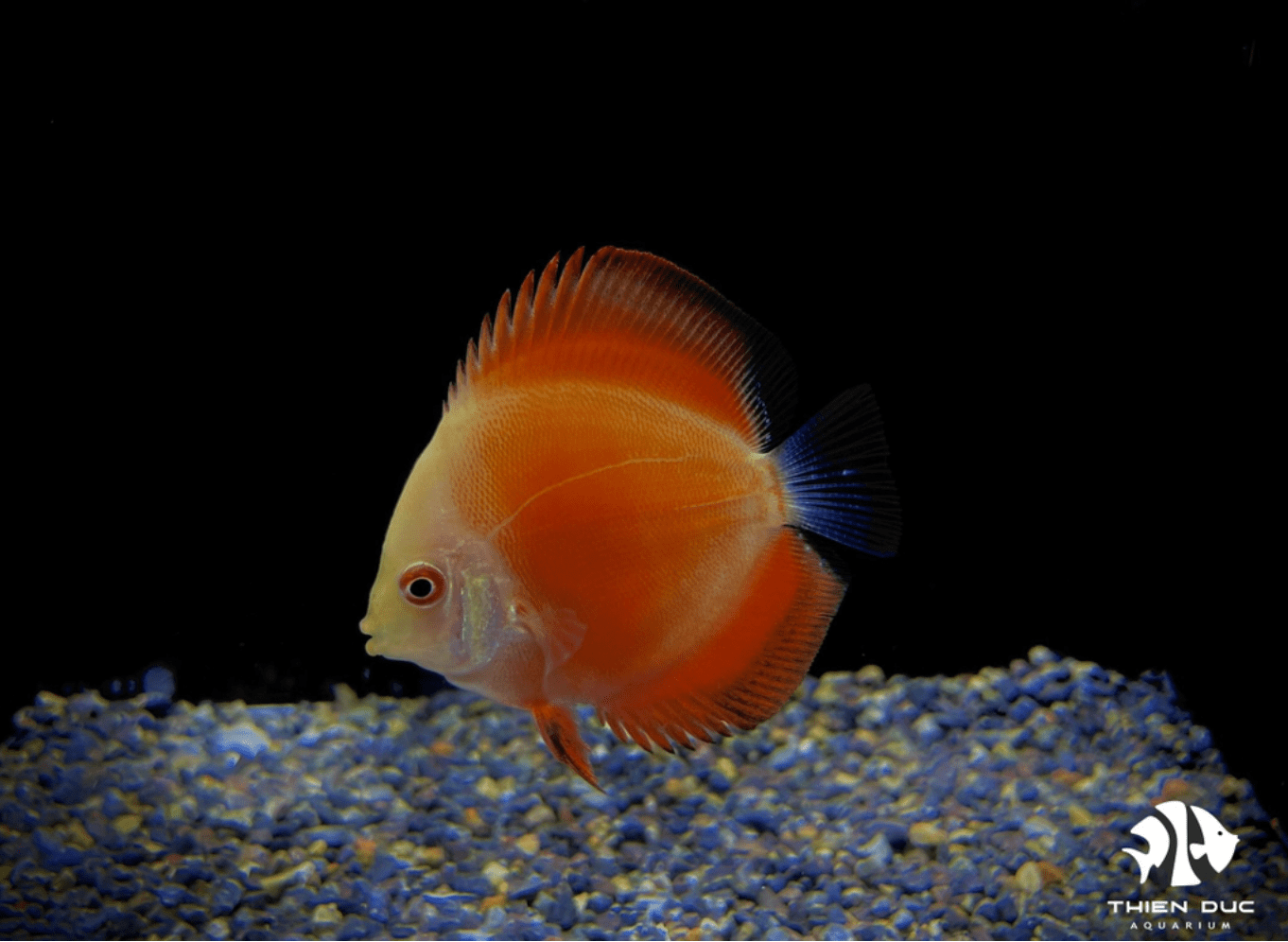Aquarium fish acclimatization guide: Best practices for new arrivals
Bringing a new fish home is an exciting but critical moment. Proper acclimatization is key to preventing stress, illness, or shock. THIENDUC AQUARIUM, established in 2012 in Ho Chi Minh City, specializes in exporting healthy ornamental fish to clients across Europe. This comprehensive Aquarium fish acclimatization guide is designed to help you successfully complete this final step, ensuring your new aquatic companions thrive.
Pre-Acclimatization Preparation: Setting the Stage for Success
The foundation of a smooth transition begins long before the new fish arrives. Proper preparation minimizes stress and sets the new fish up for a healthy life.
Prepare the Aquarium
Before you even consider bringing a new fish home, ensure its future residence is ready. The receiving tank must be fully cycled and stable. A fully cycled aquarium has a thriving beneficial bacteria colony that can process the ammonia and nitrite produced by fish waste, converting them into less harmful nitrates. An uncycled tank is a death trap for new arrivals, as they are especially vulnerable to the toxic effects of ammonia and nitrite spikes.

Checking your water parameters is non-negotiable. Use a high-quality test kit to measure temperature, pH, ammonia, nitrite, and nitrate levels. For many fish, especially the wild species that THIENDUC AQUARIUM specializes in, it's also crucial to understand and match the water's hardness (GH, KH) and TDS (Total Dissolved Solids).
We have spent years building an extensive system to responsibly source and tame wild fish from the rivers and streams of Vietnam, Laos, Cambodia, China, and Thailand. This expertise means we know what conditions these fish thrive in, and by providing them with a similar environment, you are giving them the best possible start. If you are in the UK, Germany, or the Netherlands, where tap water can vary significantly in hardness, paying close attention to these parameters is a key step.
Furthermore, ensure you have all the necessary tools ready, including a clean bucket, a fish net, and a drip acclimatization kit (or an airline tube with a valve). Having everything on hand will prevent a stressful and rushed process.
Transporting the Fish Home
The journey from our facilities to your home, and from the local fish store to your aquarium, is a period of high stress for fish. To minimize this, a few simple steps can make a world of difference. Keep the fish in its sealed bag and place it in a dark, quiet environment, such as a covered box or a cooler.

Darkness helps to calm the fish by reducing visual stimuli, while the insulated container helps maintain a stable temperature. Avoid any unnecessary shaking or sudden movements. We at THIENDUC AQUARIUM pride ourselves on our rigorous taming and preparation processes, which ensure our fish are robust. However, they are still living creatures sensitive to their surroundings, and a careful journey home is essential.
The Acclimatization Procedure: A Comprehensive Manual
The most crucial stage is this one. The goal is to slowly and gently introduce the fish to its new water parameters, preventing osmotic and thermal shock, which can be fatal.
Floating the Bag (Temperature Acclimatization)
Once you arrive home, dim the lights in the aquarium room. This reduces stress on the fish and prevents it from being startled. Place the sealed bag containing the fish directly into your aquarium water, allowing it to float. This simple but vital step allows the water inside the bag to gradually match the temperature of the water in your tank.
A temperature difference of just a few degrees can cause thermal shock, which can damage a fish's internal organs. We recommend floating the bag for a minimum of 15 to 20 minutes. It's an easy step that provides a huge benefit, proving that a successful Aquarium fish acclimatization guide prioritizes patience.
Drip Acclimatization (Water Parameter Acclimatization)
After the temperature has equalized, it's time for the most important part of the process: adjusting the water chemistry. This is where you gently and slowly mix your tank water with the water in the fish's bag.
First, open the sealed bag. Fold the top edge over a few times to create a float and secure it to the side of the tank with a clip or a clothespin. The bag won't sink as a result. Do not use the bag water for the acclimatization, as it may contain ammonia and other waste. Instead, prepare a separate container for the drip process.

Next, use airline tubing to create a siphon. You can start the siphon by sucking on one end of the tube (be careful not to get a mouthful of water!), or by fully submerging the tube, capping one end, and then pulling it out. Use a plastic valve to regulate the flow of water from your aquarium into the container holding the fish. The key is to start a very slow drip rate—just one or two drops per second.
This slow drip method allows the fish's gills and internal systems to gradually adjust to the new pH, hardness, and mineral content of your aquarium water. The drip rate is critical; rushing this can be just as dangerous as not doing it at all. Continue this process until the water volume in the container has doubled.
This usually takes between 30 and 60 minutes, depending on the starting volume. Our experts at THIENDUC AQUARIUM understand the specific needs of our diverse marine and freshwater fish. A proper Aquarium fish acclimatization guide is essential for new owners.
Releasing the Fish
The fish must be released after the drip acclimatization process is finished. Avoid filling your tank with water straight from the container. The water in the bag, even after drip acclimatization, may still contain traces of ammonia, waste, or medication used during transport. Introducing this water into your established system can cause a mini-cycle or introduce unwanted pathogens.
Instead, carefully use a net to scoop the fish out of the container. Gently place the fish into your aquarium, allowing it to swim free. Discard the remaining water. The importance of this cannot be overstated; it is a key component of any effective Aquarium fish acclimatization guide.
Post-Acclimatization Care: The Next Steps
The acclimatization process may be over, but your role in ensuring the fish's well-being is not.
Monitoring the New Fish
Over the next few hours and days, observe the new fish closely. Look for signs of stress, such as clamped fins, erratic swimming, or hiding in a corner for prolonged periods. Also, keep an eye out for signs of illness like white spots (Ich), fuzzy growths, or sores.
By offering fish from our extensive network of wild fish, we are confident in the health and vitality of our products. However, the stress of a new environment can sometimes trigger latent conditions, so vigilant observation is crucial. We at THIENDUC AQUARIUM believe that the best Aquarium fish acclimatization guide also includes a solid plan for post-acclimatization.
Feeding
Do not feed the new fish immediately after its release. Its digestive system and metabolism have just undergone a major change, and they need time to settle. Wait at least 24 hours before offering a small amount of food. This allows the fish to recover from the stress of the journey and the acclimatization process.
Long-Term Health
After a successful acclimatization, the focus shifts to long-term care. Continue to maintain stable water parameters and a clean, healthy environment. For those who enjoy the unique beauty of wild fish, you can be assured that our products from THIENDUC AQUARIUM are robust and well-tamed, making them a fantastic addition to your collection.
This dedication to quality is what makes our Aquarium fish acclimatization guide so important. We're providing you with a superior product; your care ensures it continues to thrive.
Common Mistakes to Avoid: The Pitfalls of Acclimatization
Even experienced aquarists can make simple mistakes that jeopardize a new fish's health. Avoiding these pitfalls is as important as following the proper steps.
Directly Filling the Tank with Bag Water
The most frequent and harmful error is this one. As mentioned, the water from the transport bag is a cocktail of stress hormones, ammonia, and possibly pathogens. Introducing this water to your tank can shock the existing ecosystem and potentially introduce a disease that could wipe out your entire aquatic community. This is why a proper Aquarium fish acclimatization guide will always insist on discarding the bag water.
Rushing the Process
Patience is a virtue in fishkeeping, and it is a non-negotiable part of acclimatization. Trying to speed up the process by floating the bag for a shorter time or adding water too quickly can lead to devastating consequences. A few extra minutes of careful attention can save you from losing a valuable and cherished new pet. The whole Aquarium fish acclimatization guide is built on the principle of gradual change.
Using a High-Flow Method
Some sources might suggest using a cup to add water to the bag instead of a slow drip. This is a poor substitute for drip acclimatization. The quick addition of water in large quantities does not allow the fish's body to adjust. It creates sudden shifts in water chemistry, which can be just as harmful as a thermal shock. The slow, steady drip is the only method that guarantees a successful Aquarium fish acclimatization guide outcome.
Not Dimming the Lights
Fish are highly sensitive to sudden changes in light. Moving from a dark transport bag into a brightly lit tank can cause extreme stress and panic. This simple step is easy to overlook but is a crucial part of creating a calm and welcoming environment.
Conclusion: A Healthy Start from THIENDUC AQUARIUM to Your Home
Properly acclimatizing your new fish is a final, vital step for its well-being. At THIENDUC AQUARIUM, our mission is to provide high-quality freshwater and marine fish, including tamed wild fish, to our customers in Europe. We believe that with this Aquarium fish acclimatization guide, your new fish will thrive, reflecting our commitment to quality from our tanks to your home. We are always bringing new products to the market and look forward to serving you.
Contact Information:
-
Address: 57 Le Thi Sieng, Tan Thong Hoi, Cu Chi, Ho Chi Minh City, Viet Nam
-
Mobile: +84903912501
-
Office: +84982577871
-
Email: thien@thienducaquarium.com










